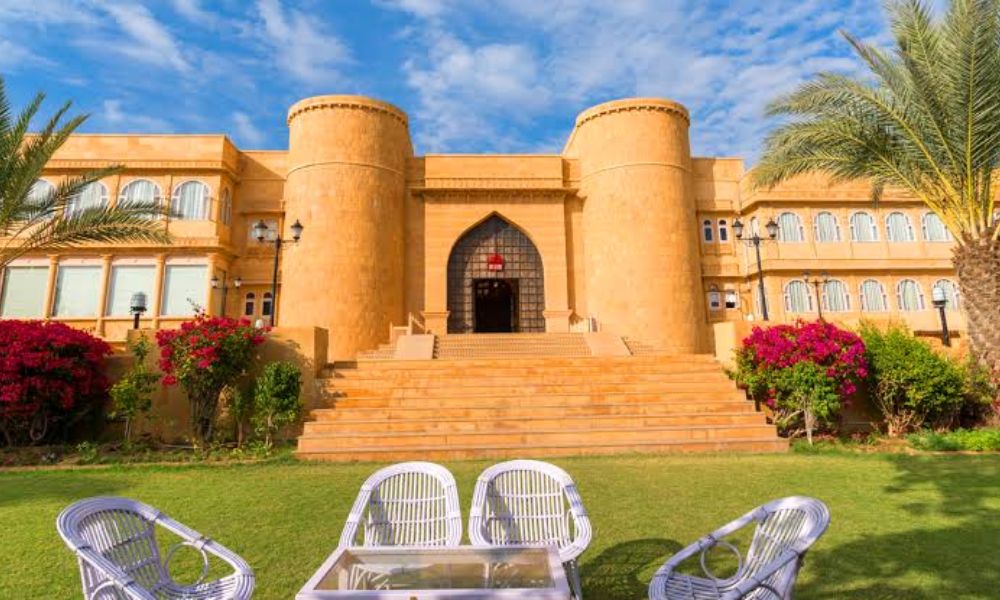

Nestled in the picturesque town of Dalhousie in Himachal Pradesh, Rang Mahal is a historical edifice blending Mughal and British architecture. Built in the 18th century by Raja Umed Singh, it served as a royal palace for the ruling family of Chamba. The Rang Mahal, which translates to 'Color Palace', is known for its vibrant wall paintings and exquisite craftsmanship.
Tourism in Dalhousie has its roots in the British colonial era. The town was established in 1854 by the British Empire's government in India as a summer retreat for its troops and bureaucrats. It was named after Lord Dalhousie, who was the British Governor-General in India at that time. The natural beauty, pleasant climate, and colonial architecture made it a popular destination among the British officials and, subsequently, the Indian aristocracy, thus marking the early history of tourism in this region.
After India’s independence in 1947, Dalhousie retained its charm as a summer getaway. The Rang Mahal, apart from being a historical marvel, started to gain popularity amongst tourists due to the intricate paintings and the artifacts on display representing Himachal's rich culture. By the late 20th century, Dalhousie and historical sites like Rang Mahal were firmly on the Indian tourist map.
In the past few decades, the introduction of new accommodations, improved connectivity, and better facilities has contributed to a surge in tourism to Dalhousie. Rang Mahal became more accessible as well and began attracting a larger number of tourists, keen on exploring the heritage and history of the region.
Efforts by the Himachal Pradesh government to preserve the cultural heritage of places like Rang Mahal have played a vital role in promoting tourism. Restoration work has ensured that the palace's architecture and the murals continue to attract and awe visitors. Handicraft shops selling Chamba Rumals, which are handcrafted embroidered silk handkerchiefs, have also become a unique aspect of the Rang Mahal experience.
The latest trend in tourism at Rang Mahal and Dalhousie revolves around experiential travel. Tourists are now looking for more immersive experiences that connect them with the local culture and history. To cater to this trend, local guides offer storytelling sessions and walks around Rang Mahal that delve deep into its history, legends, and the lifestyle of the royals who once inhabited it.
Additionally, with the rise of eco-tourism, visitors are increasingly aware of the environmental impact of their travels. In response, Rang Mahal administration and local businesses have been advocating and practicing sustainable tourism to preserve the site's natural and historical integrity.
Today, Rang Mahal stands not just as a testament to the region's rich cultural tapestry but also as a beacon for sustainable and heritage tourism in Dalhousie, Himachal Pradesh.